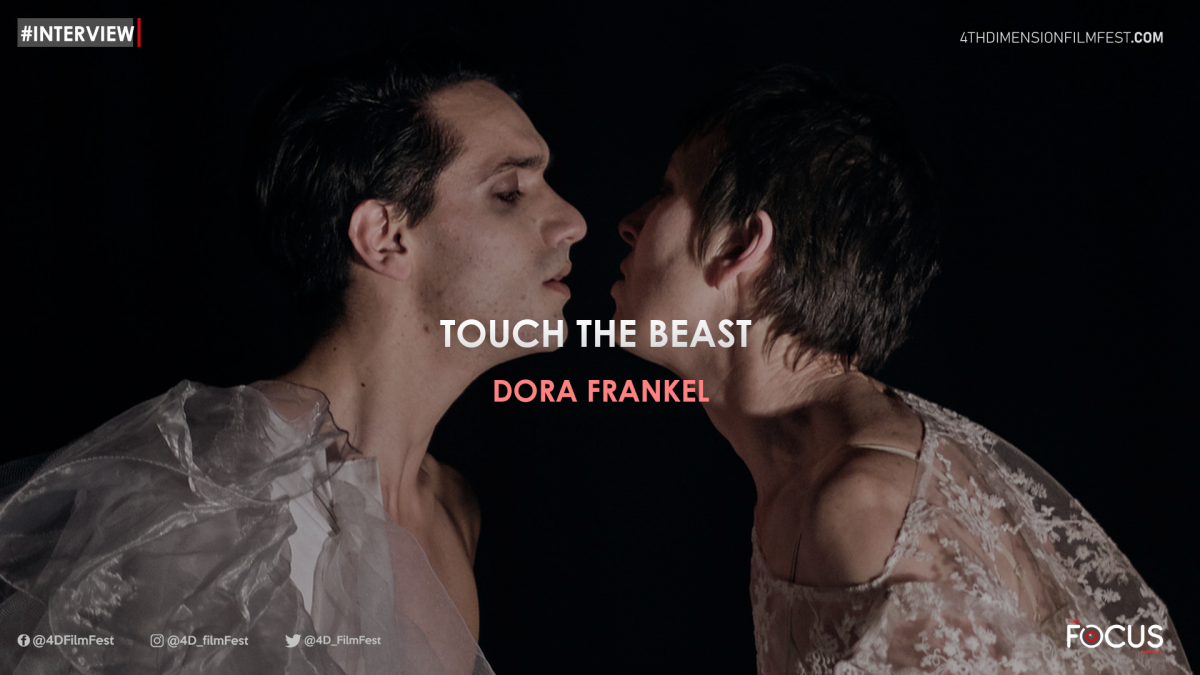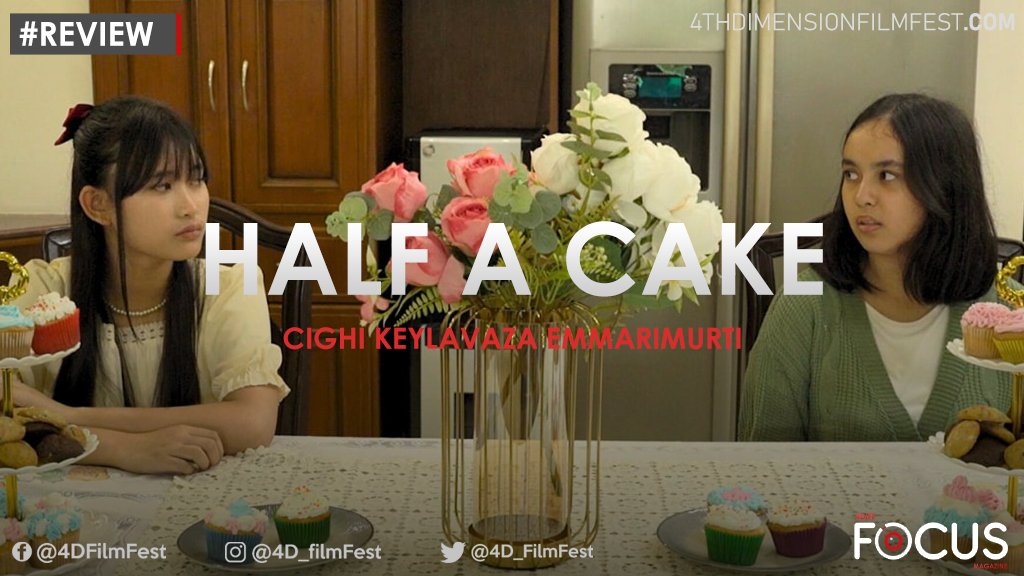First of all, tell us something about your love for movies. How were you introduced to the beautiful domain of cinema?
My mother introduced me to the wonderful and magical world of cinema when I was quite young. She loved French films! Then as a dance student I frequented The Electric Cinema in Notting HIll, London and saw many a late night movie.
Who were the directors you grew up admiring? What were the films that inspired you the most?
The Directors were Kurosawa, Bunuel, Cocteau and later Tarkovsky, Ridley Scott, Guillermo del Toro and Jane Campion. They were and are so unlike American movies and have different ways to tell stories and create atmosphere; their view of life is different.
Some films that really influenced me strongly were Cocteau’s Beauty and the Beast and Orpheus, Kurosawa’s Macbeth, Rashomon and Seven Samurai, Tarkovsky’s Stalker and Solaris, Jane Campion’s The Piano, the original silent Nosferatu was incredibly influential!
Give us your top 10 movies of all. Movies that you would recommend to everyone.
- Joel Cohen’s Macbeth
- Dirty Dancing
- Saturday Night Fever
- Aguirre Wrath of God,
- Black Panther
- Scared Bond (Lingui) Dir. Mahamat-Saleh Haroun
- Fantasia
- Seven Samurai
- Yojimbo
- Spirited Away
Can you tell us something about the preponderant nature of the theatre, the stage and performance in the domain of art generally? Do you believe it is declining today?
I’m glad to say I don’t think cinema is in decline, although I think American movies are often really over budgeted and dominate the UK scene where I’m based. I believe there’s a real thirst for cinema globally and I love seeing cinema from across the world; I’m lucky to live in Newcastle, where there’s a fantastic independent cinema, Tyneside Cinema, that continues to show a wide variety of films.
Cinema at it’s best communicates all art forms – theatre, dance, music and visual art telling important (and beautiful and sad) stories and immersing us in them.
Tell us something about the thought behind using the works of Edgar Allan Poe as the core of your narrative performance which was by the way impeccable.
Edgar Allan Poe is a great story teller and creates frightening situations immersing us in strange worlds! My mother introduced me to his stories when I was young and I would dip into them over the years always finding them compelling and that they say something about our inner destructiveness often through the places he puts the narrator in so inner and outer worlds are linked.
In 2010 I chose four of his stories for a dance theatre piece, Man in the Crowd, The Telltale Heart, The Maelstrom and Message in a Bottle. It was powerfully performed by 5 dancers including me and was performed about 6 times but I felt it needed further work.
Then in 2018, which was a bit of a dark time for me, I was thinking about respect for difference, about my age and about gender fluidity and non-binary people. Whilst discussing ideas with colleague Chris Catalan, who had suggested we do a dance film exploring a relationship between a young man and an older woman, I realised that feelings like shame, self loathing and being trapped by society, alongside our darkest inner desires and inherent power would best be framed by using Edgar Allan Poe’s tales and world. I choose The Cask of Amontillado and The Oval Portrait and the dancers I later worked with brought in his poem Leonore.
Can you tell us about the process behind conceptualizing the entire thing? The time it took, implementing useful nuances in the performance.
Well once I’d got the concept clear but not set we started. We had very, very little time – a week in a theatre space, of which three days were spent working on ideas through costume explorations and movement improvisations, reading the tales at night and then discussing and finally 2days were spent filming! The tiny team including the lighting designer and costume designer often worked intuitively.
We’re all experienced performers and as Andy Wood the cinematographer shot and repeated and we did it over and over, we found more character, nuance and physical power. The music, written by Roma Yagnik as we worked, was a huge support as was our Rehearsal Director, Gavin Coward who came in for the 2 days of filming.
Perhaps the most significant part of the movie was dependent on the coordination and synchronization between the performers. Can you tell us something about the process? Was it a little too tedious, was it enlightening?
It was one of the most electrifying experiences of my professional life. I became really immersed in it and in a way I/we didn’t know where it was all going to end but the team were amazing. We were 100% committed and trusted each other and worked hard. Dancers have brilliant memories which helps
The background score, the music play a potent role as well behind the astute execution of the performance. Tell us something about the music in your movie.
I hadn’t worked with Roma before but admired her work and was keen to work with a female composer. In fact I consciously sought out diverse artists, old, young, non binary, male, female and with different ethnic and cultural backgrounds. Roma brought a very special aesthetic to the film and also was keen to capture my idea that the soundscape should be very uncomfortable and oppressive but that the cello would break through with melody and gothic romance, supporting the narrative. We had discussions of course before and I sent her examples of sound and music that excited me.
Another significant part in the movie involved the use of light and shadow. Please tell us something about juxtaposing the two and finding the right balance.
I’d worked with Kirk Sim, lighting designer before and knew he could capture atmosphere with few lights, which was important as I wanted to keep the performing space small and corridor-like and we were short of time anyway.
He moved lights around quite a bit as we moved and they were all on the floor, bringing this Carravagio like and unsettling atmosphere. The costumes are crucial to the characters and the way we moved; my coat had to be back to front and Giacomo Pini, the non binary dancer’s voluminous cover/skirt was integral to the symbolism he used. Metamorphosis and change were an essential element.
It was really Andy who found the final balance of light, shade and use of close up as he filmed then edited. We knew it had to be ambiguous and unsettling on every level.
At the end of the day, you are telling a story or several stories through the performance. How important was it for you to ensure that there was clarity in the way the story was told and subsequently generate simultaneous sensations of terror, suspense, and agony in the audience?
For me the lack of clarity was key so that the viewer feels uncertain and slightly confused about who the three characters are and what is happening. I was surprised at how intense it is for the viewer! I hope they both enjoy and are disturbed by the eroticism and that the end leaves them in suspense wanting more. I love that the film has become such a hit globally – it was all quite unexpected ….




